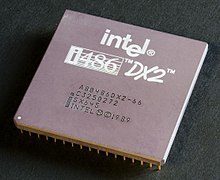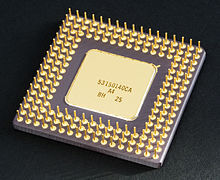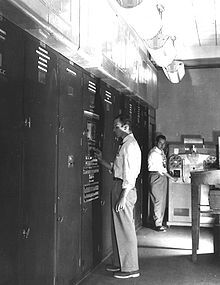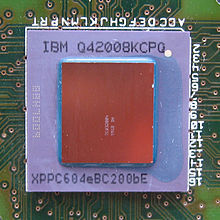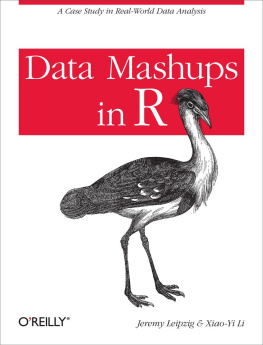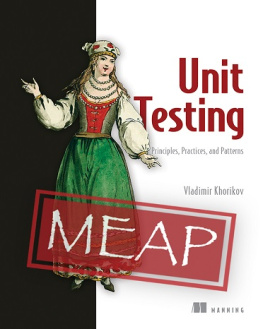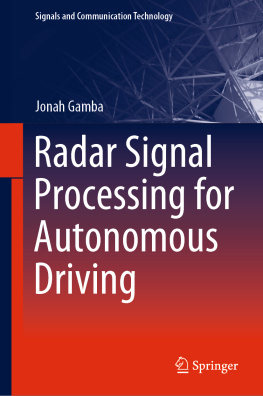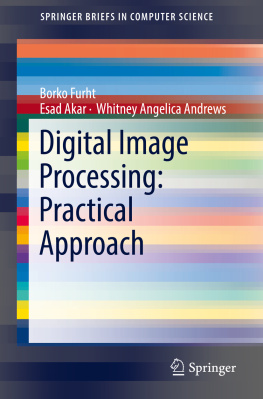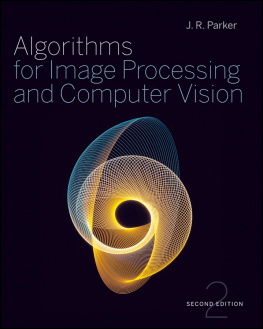Full Explanation of Central Processing Unit (CPU)
DAYONG LI
September 30, 2020
Version: 1.0
Two heads are better than one. Chinese Old Saying
Copyright
WENYUE Publisher, Inc.
Preface
An Intel 80486DX2 CPU, as seen from above
Bottom side of an Intel 80486DX2, showing its pins
A central processing unit ( CPU ) is the electronic circuitry within a computer that carries out the instructions of a computer program by performing the basic arithmetic, logic, controlling, and input/output (I/O) operations specified by the instructions. The computer industry has used the term "central processing unit" at least since the early 1960s. Traditionally, the term "CPU" refers to a processor , more specifically to its processing unit and control unit (CU), distinguishing these core elements of a computer from external components such as main memory and I/O circuitry.
The form, design, and implementation of CPUs have changed over the course of their history, but their fundamental operation remains almost unchanged. Principal components of a CPU include the arithmetic logic unit (ALU) that performs arithmetic and logic operations, processor registers that supply operands to the ALU and store the results of ALU operations and a control unit that orchestrates the fetching (from memory) and execution of instructions by directing the coordinated operations of the ALU, registers and other components.
Most modern CPUs are microprocessors, meaning they are contained on a single integrated circuit (IC) chip. An IC that contains a CPU may also contain memory, peripheral interfaces, and other components of a computer; such integrated devices are variously called microcontrollers or systems on a chip (SoC). Some computers employ a multi-core processor, which is a single chip containing two or more CPUs called "cores"; in that context, one can speak of such single chips as "sockets".
Array processors or vector processors have multiple processors that operate in parallel, with no unit considered central. There also exists the concept of virtual CPUs which are an abstraction of dynamical aggregated computational resources.
Table of Contents
Chapter 1 Introduction
1.1 History
EDVAC, one of the first stored-program computers
Early computers such as the ENIAC had to be physically rewired to perform different tasks, which caused these machines to be called "fixed-program computers". Since the term "CPU" is generally defined as a device for software (computer program) execution, the earliest devices that could rightly be called CPUs came with the advent of the stored-program computer.
The idea of a stored-program computer had been already present in the design of J. Presper Eckert and John William Mauchly's ENIAC, but was initially omitted so that it could be finished sooner. On June 30, 1945, before ENIAC was made, mathematician John von Neumann distributed the paper entitled First Draft of a Report on the EDVAC . It was the outline of a stored-program computer that would eventually be completed in August 1949. EDVAC was designed to perform a certain number of instructions (or operations) of various types. Significantly, the programs written for EDVAC were to be stored in high-speed computer memory rather than specified by the physical wiring of the computer. This overcame a severe limitation of ENIAC, which was the considerable time and effort required to reconfigure the computer to perform a new task. With von Neumann's design, the program that EDVAC ran could be changed simply by changing the contents of the memory. EDVAC, however, was not the first stored-program computer; the Manchester Baby, a small-scale experimental stored-program computer, ran its first program on 21 June 1948 and the Manchester Mark 1 ran its first program during the night of 1617 June 1949.
Early CPUs were custom designs used as part of a larger and sometimes distinctive computer. However, this method of designing custom CPUs for a particular application has largely given way to the development of multi-purpose processors produced in large quantities. This standardization began in the era of discrete transistor mainframes and minicomputers and has rapidly accelerated with the popularization of the integrated circuit (IC). The IC has allowed increasingly complex CPUs to be designed and manufactured to tolerances on the order of nanometers. Both the miniaturization and standardization of CPUs have increased the presence of digital devices in modern life far beyond the limited application of dedicated computing machines. Modern microprocessors appear in electronic devices ranging from automobiles to cellphones, and sometimes even in toys.
While von Neumann is most often credited with the design of the stored-program computer because of his design of EDVAC, and the design became known as the von Neumann architecture, others before him, such as Konrad Zuse, had suggested and implemented similar ideas. The so-called Harvard architecture of the Harvard Mark I, which was completed before EDVAC, also used a stored-program design using punched paper tape rather than electronic memory. The key difference between the von Neumann and Harvard architectures is that the latter separates the storage and treatment of CPU instructions and data, while the former uses the same memory space for both. Most modern CPUs are primarily von Neumann in design, but CPUs with the Harvard architecture are seen as well, especially in embedded applications; for instance, the Atmel AVR microcontrollers are Harvard architecture processors.
Relays and vacuum tubes (thermionic tubes) were commonly used as switching elements; a useful computer requires thousands or tens of thousands of switching devices. The overall speed of a system is dependent on the speed of the switches. Tube computers like EDVAC tended to average eight hours between failures, whereas relay computers like the (slower, but earlier) Harvard Mark I failed very rarely. In the end, tube-based CPUs became dominant because the significant speed advantages afforded generally outweighed the reliability problems. Most of these early synchronous CPUs ran at low clock rates compared to modern microelectronic designs. Clock signal frequencies ranging from 100 kHz to 4 MHz were very common at this time, limited largely by the speed of the switching devices they were built with.
1.1.1 Transistor CPUs
IBM PowerPC 604e processor
The design complexity of CPUs increased as various technologies facilitated building smaller and more reliable electronic devices. The first such improvement came with the advent of the transistor. Transistorized CPUs during the 1950s and 1960s no longer had to be built out of bulky, unreliable and fragile switching elements like vacuum tubes and relays. With this improvement more complex and reliable CPUs were built onto one or several printed circuit boards containing discrete (individual) components.
In 1964, IBM introduced its IBM System/360 computer architecture that was used in a series of computers capable of running the same programs with different speed and performance. This was significant at a time when most electronic computers were incompatible with one another, even those made by the same manufacturer. To facilitate this improvement, IBM used the concept of a microprogram (often called "microcode"), which still sees widespread usage in modern CPUs. The System/360 architecture was so popular that it dominated the mainframe computer market for decades and left a legacy that is still continued by similar modern computers like the IBM zSeries. In 1965, Digital Equipment Corporation (DEC) introduced another influential computer aimed at the scientific and research markets, the PDP-8.

